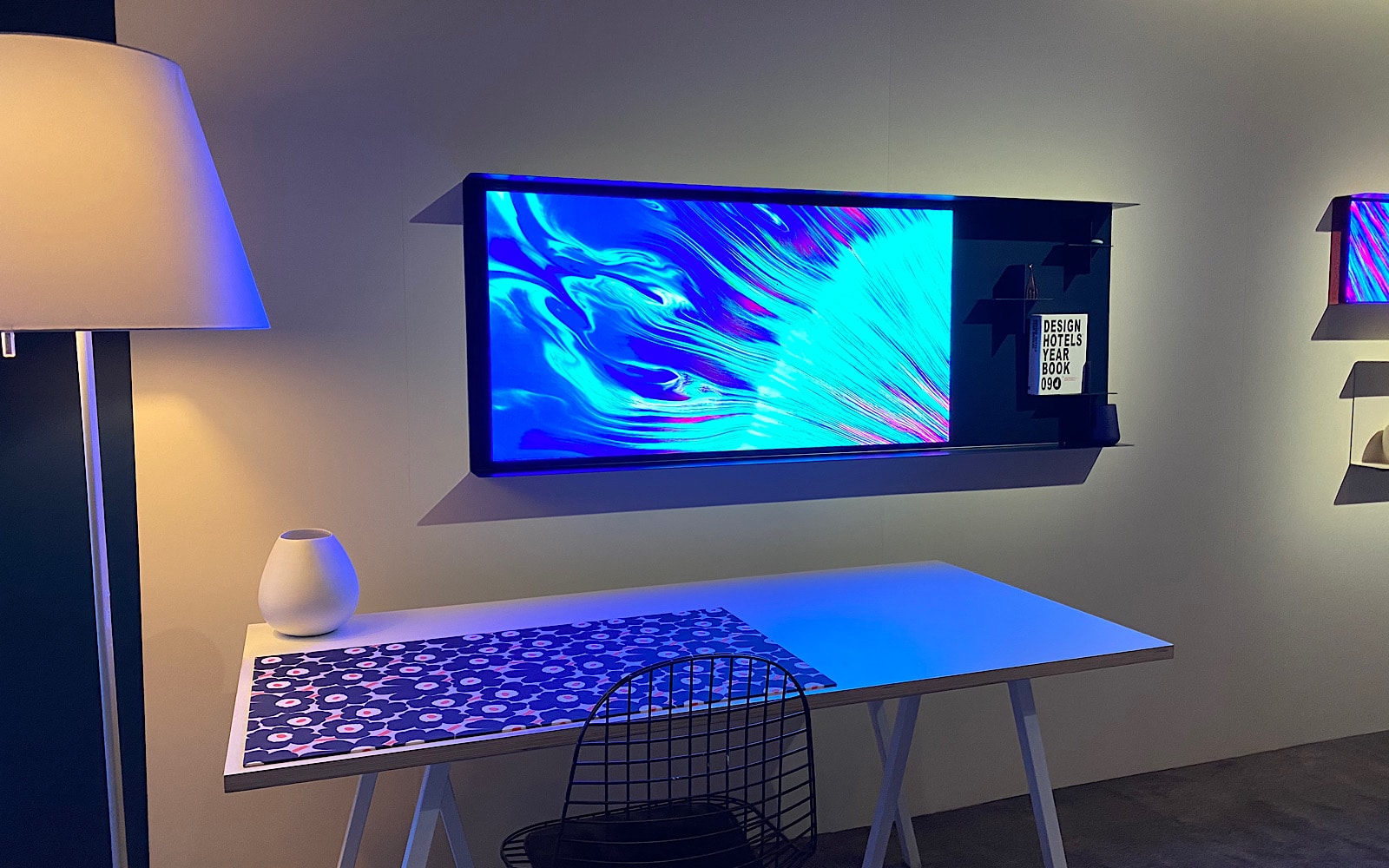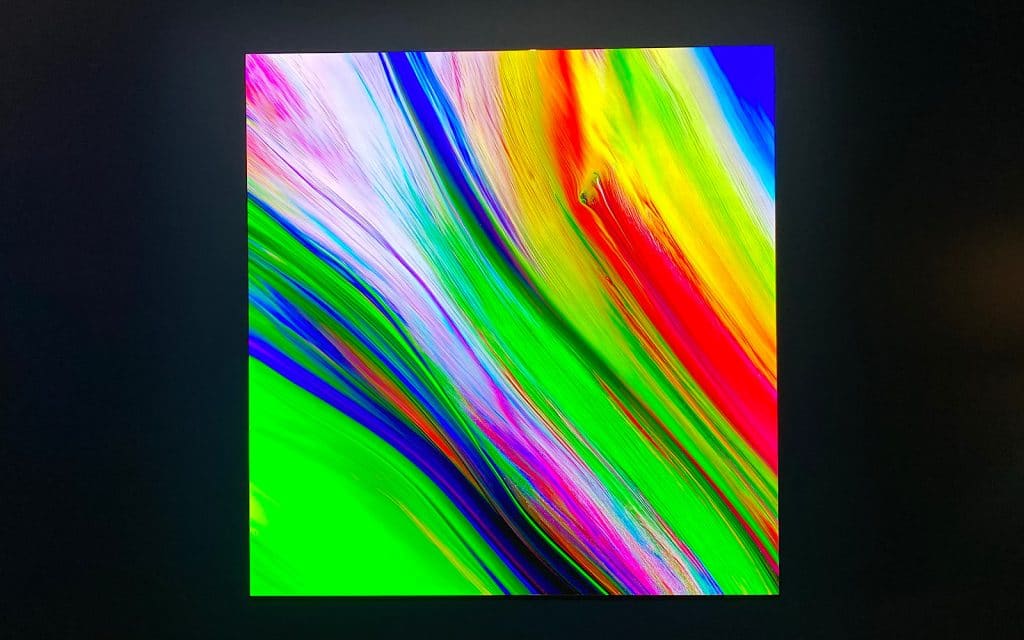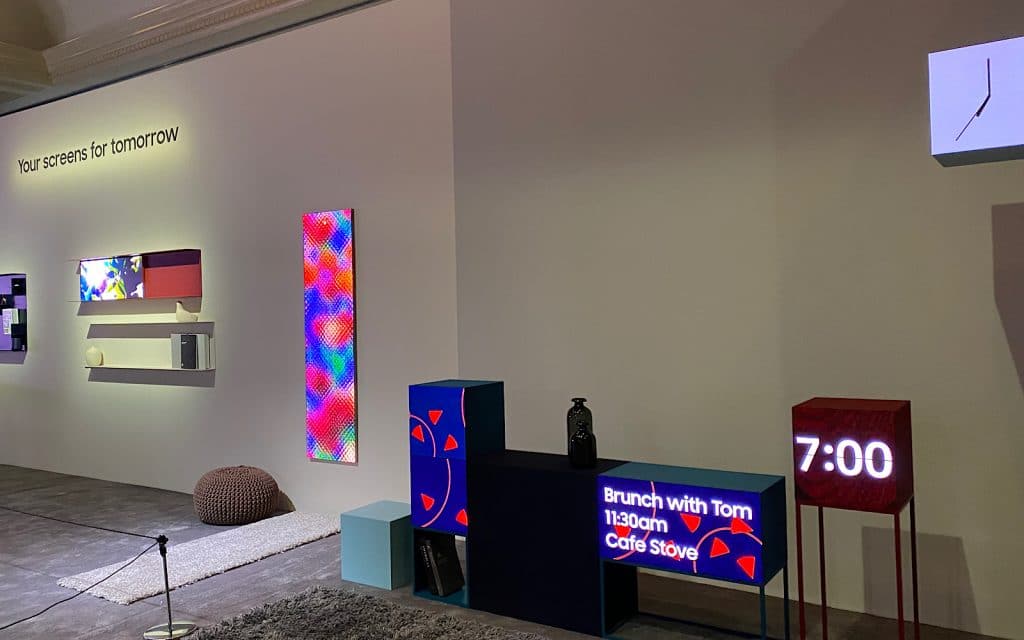Ever wanted a screen in an unconventional place, or a big screen that took up a wall? Samsung’s MicroLED could be the answer, and it is seriously impressive.
Big TVs are getting big, and are bigger than ever. While a screen measuring 42 or 47 inches diagonally was once the norm, this has jumped to 55 and 65 inches in recent years.
Yet for some people, that’s not actually enough.
Larger screen sizes can be the domain of LED-backlit LCD TVs and OLED TVs alike, but they tend to max out around the 88, 92, and a little past 100 inches. If you need bigger, projectors tend to be where it’s at, but again, that might not be enough for all.
Here at CES, Samsung is showcasing its “The Wall” concept, and it’s looking closer to ready than we’ve seen, as one of the world’s biggest suppliers of TV screens looks to the modular world for inspiration.
The concept is called “MicroLED”, and is basically a modular screen concept in a block. You grab one block for a small screen, or several for another, and much like how your can use LiFX Tile lights or Nanoleaf modular lights to create a lighting system, you can use Samsung’s MicroLED to build a display that fits your surroundings and your life.
If that’s on a small bookshelf, it could be a long rectangular display. If that’s on a cupboard door, it be one block and square. And if that’s a giant wall, that’s several blocks making that giant wall.
Samsung’s MicroLED grew from the 2018 CES introduction of The Wall, and should arrive in a range of sizes, including an 88 inch and a 150 inch modular display, which is made from a two-part process of mounting a wall plate before placing a magnetic MicroLED panel to the plate.
What’s more, the MicroLED concept can be used to connect several screens wirelessly, making for TV screens that fit a space in various ways, such as across walls or furniture.
Without doubt, it’s been one of the more exciting displays from CES 2020, even as the show begins.
The MicroLED screens are bright, clear, and very easy on the eyes, and the possibilities are endless. Samsung showed off examples that were basically covers for furniture, while another was glazed with a reflective film and turns the concept into a mirror.
According to Samsung, the technology will also potentially work with Samsung’s ambient TV wallpaper mode from the past couple of years, making it blend into your home when not in use, rather than show up merely as a series of black squares.
Pricing however remains more of a mystery. Australian release isn’t technically confirmed for local release, so until that happens, there won’t be pricing, and you might be waiting a bit.
Leigh Stark was flown to CES 2020 in Las Vegas, USA as a guest of the Consumer Technology Association (CTA).









